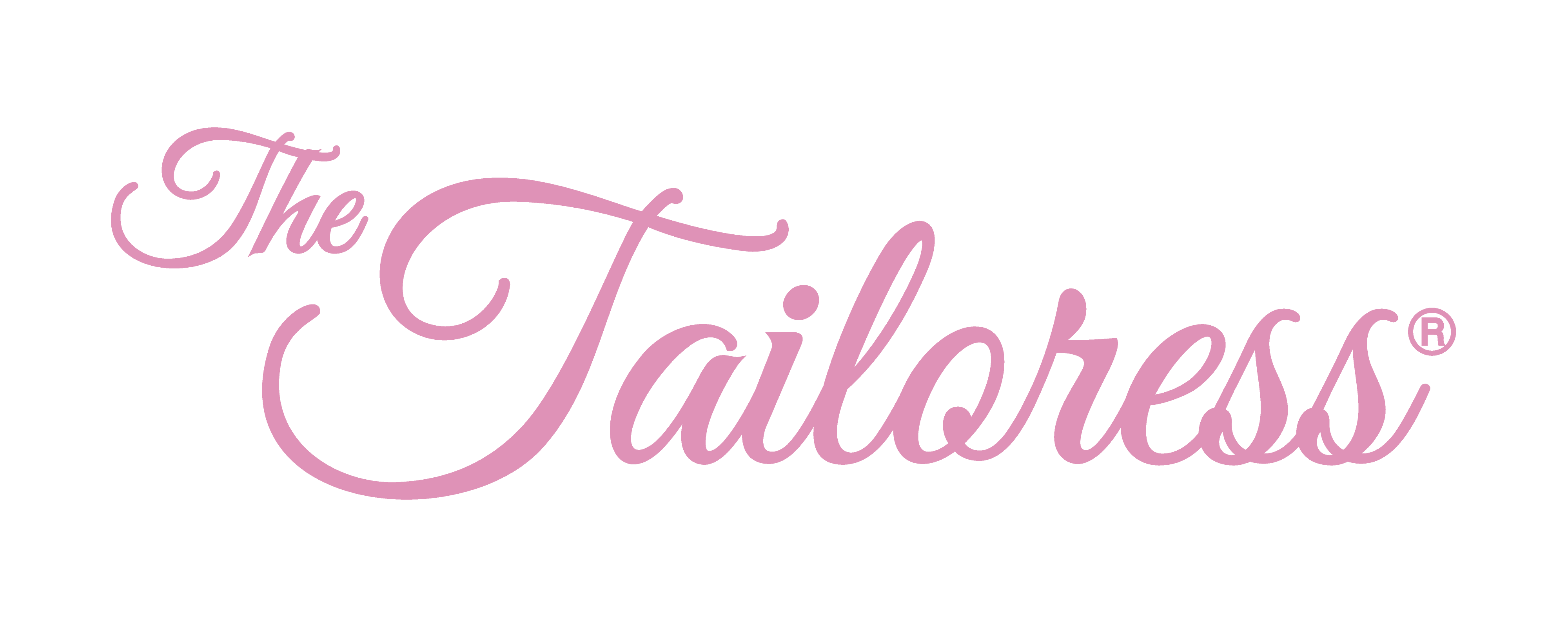The basic blocks are what most pattern cutters use to create a new pattern. You can adapt them into any style you like. Make sure you know a little about dart construction before attempting, so you know the possibilities available to you for manipulating them. You can also just leave them out completely if your design calls for something loose fitting or is draped or held to the body in another way.
When choosing which block to use it is important to think about the final style and fabric you are using. For example, if you are making a tight jersey tank top, you will need to use a ‘close fitting bodice block’, but you will need to use the ‘close fitting bodice block for jersey-wear’. Using the standard close fitting bodice block would mean your tank top wouldn’t fit correctly as the allowance for stretch in the jersey fabric hasn’t been taken off in this block. This is similar for swimwear and lingerie. While the outer clothing blocks have extra ease added into the pattern, closer fitting styles and special fabrics require a new block drafted with this ease erased.
Sleeves are another factor to choosing your block. You can adapt any of the blocks to have different sleeves such as raglan, batwing, kimono, flat-head and eased-head. On the other hand, you can remove sleeves altogether and enlarge or completely change the shape of the arm-scye. There are also unlimited ways you can adapt them with interesting seam-lines, darts, cuffs, etc…)
Make sure you pick the right block for the right garment. Using a bodice block to make a coat wouldn’t be a good idea as this block doesn’t allow for extra garments underneath or for movement in the type of heavier fabric you would be using, (especially together with linings, facings and interfacings).
Great books for making your own block patterns are Winifred Aldrich’s ‘Metric Pattern Cutting’ र Ann Haggar’s ‘Pattern Cutting for Lingerie, Beachwear and Leisurewear’.

